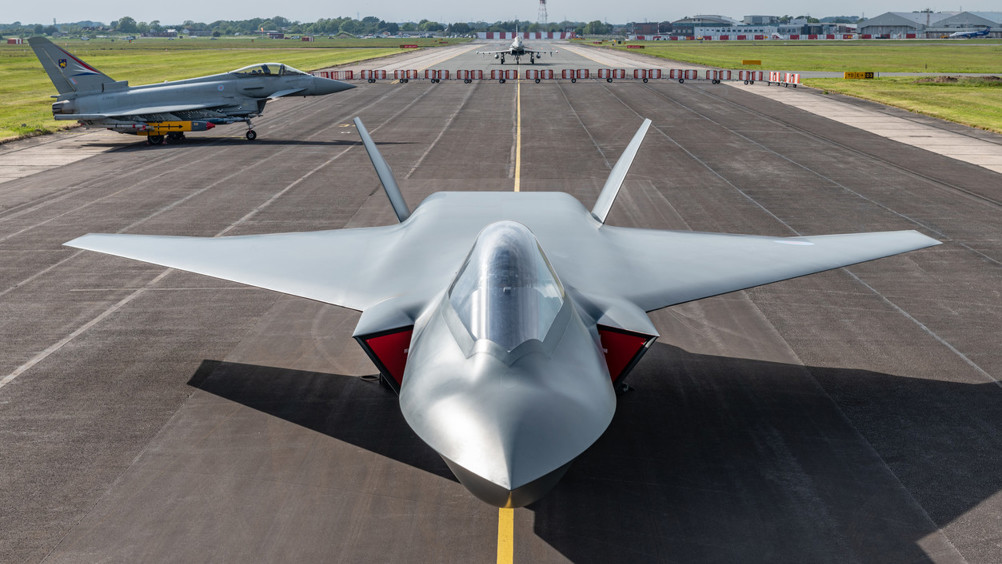Panel session report: Energy sustainability in defence
During a recent online panel session, experts from BAE Systems, the UK MOD, Supacat, Rolls-Royce and Williams Advanced Engineering explored the topic of energy sustainability in the defence sector. Jon Excell reports.

The push for net zero is fundamentally reshaping government agendas and many of our key industrial sectors. And that includes the world of defence, where energy sustainability is becoming an increasingly important focus both in terms of minimising the sector’s impact on the environment and ensuring that it is resilient to current and future threats.
Earlier this year, in partnership with defence giant BAE Systems, The Engineer brought together leading voices from across industry to explore the importance of carbon reduction to the defence sector and examine some of the innovations that are helping it rise to this challenge.
The following report examines some of the key topics explored during this discussion, which was live-streamed to a registered audience.
Cathy Davis- Head of Strategy, Sustainability, Simulation & Synthetics, BAE Systems
Lieutenant General (Retd) Richard Nugee CB, CVO, CBE - Defence Non-Executive Director for Climate Change
Register now to continue reading
Thanks for visiting The Engineer. You’ve now reached your monthly limit of premium content. Register for free to unlock unlimited access to all of our premium content, as well as the latest technology news, industry opinion and special reports.
Benefits of registering
-
In-depth insights and coverage of key emerging trends
-
Unrestricted access to special reports throughout the year
-
Daily technology news delivered straight to your inbox











Water Sector Talent Exodus Could Cripple The Sector
Maybe if things are essential for the running of a country and we want to pay a fair price we should be running these utilities on a not for profit...